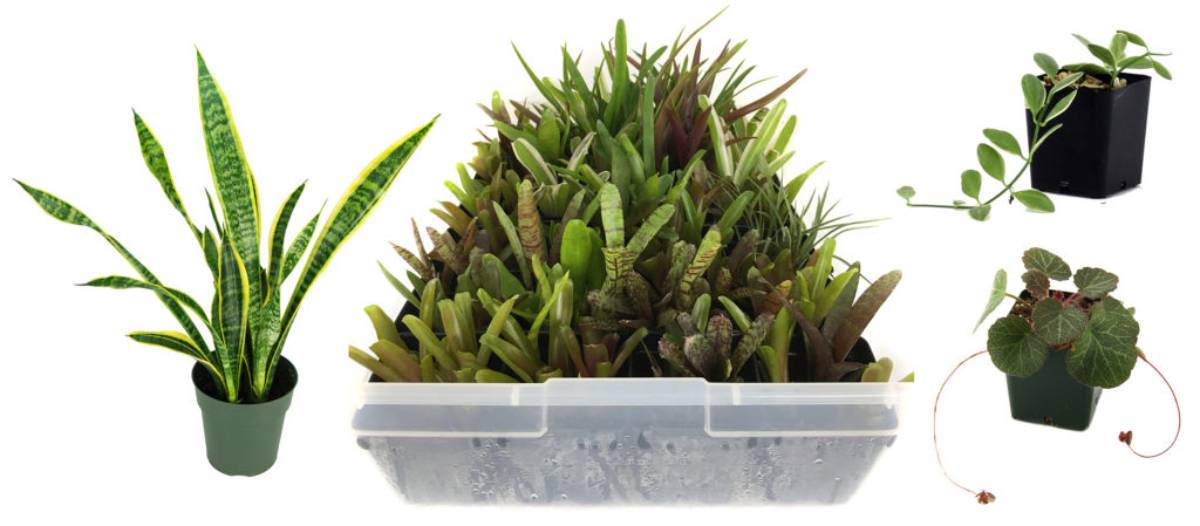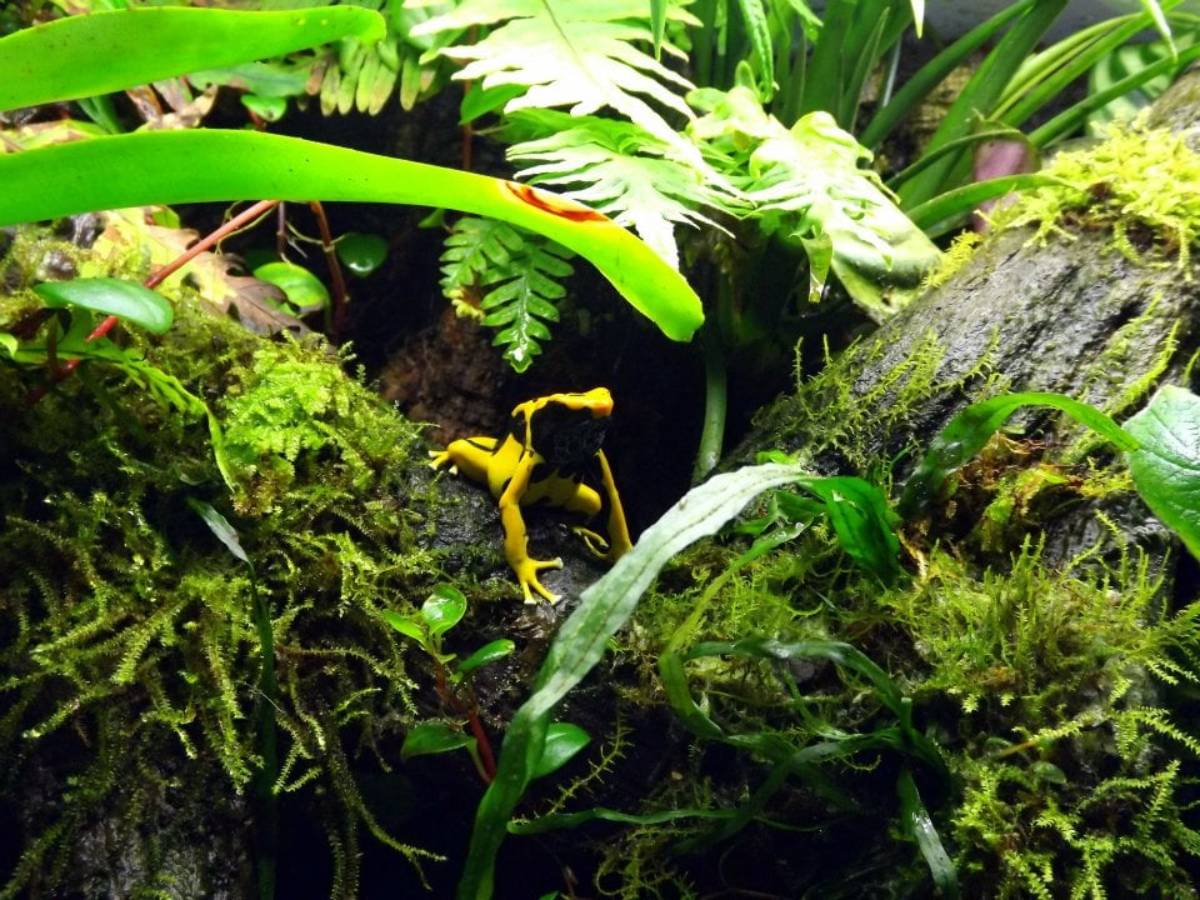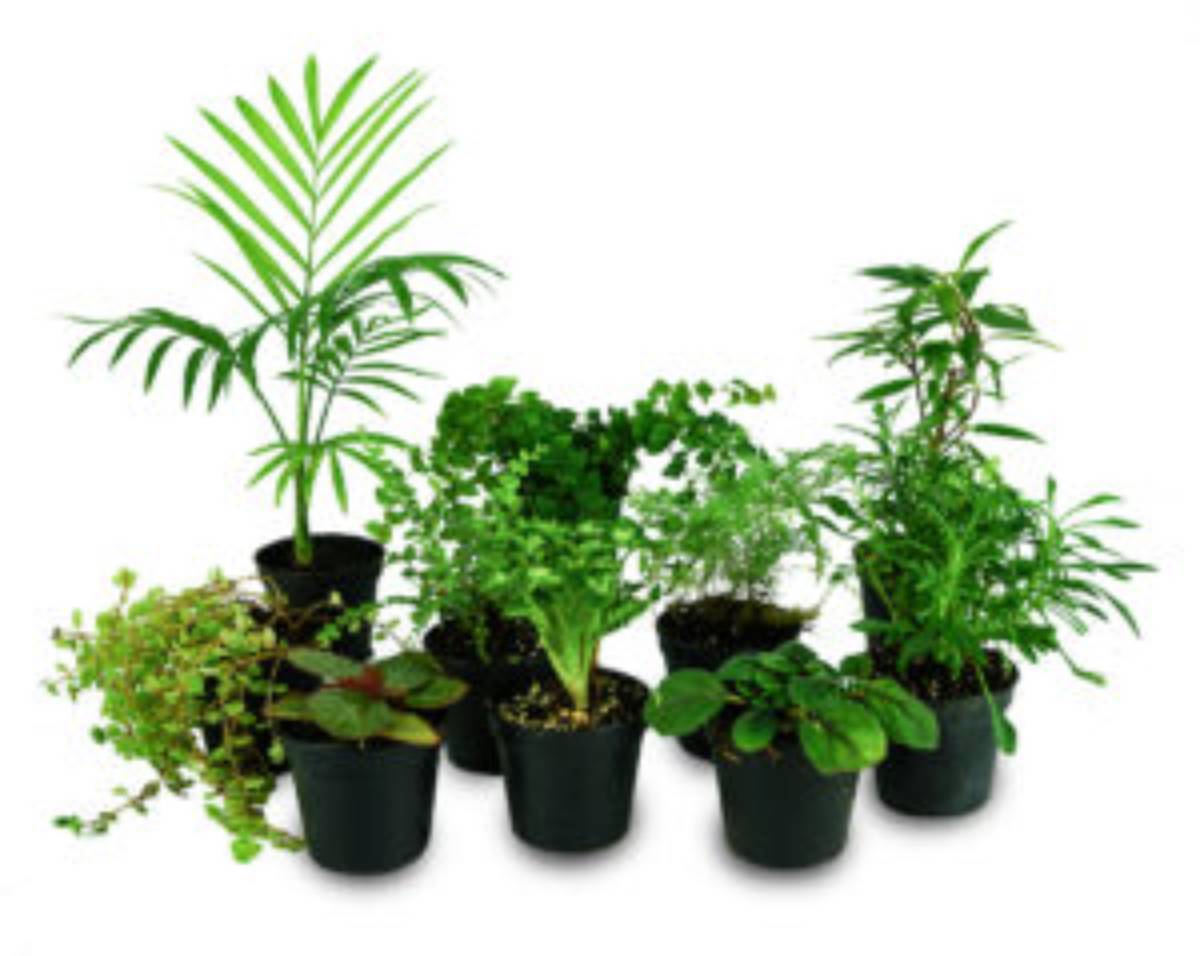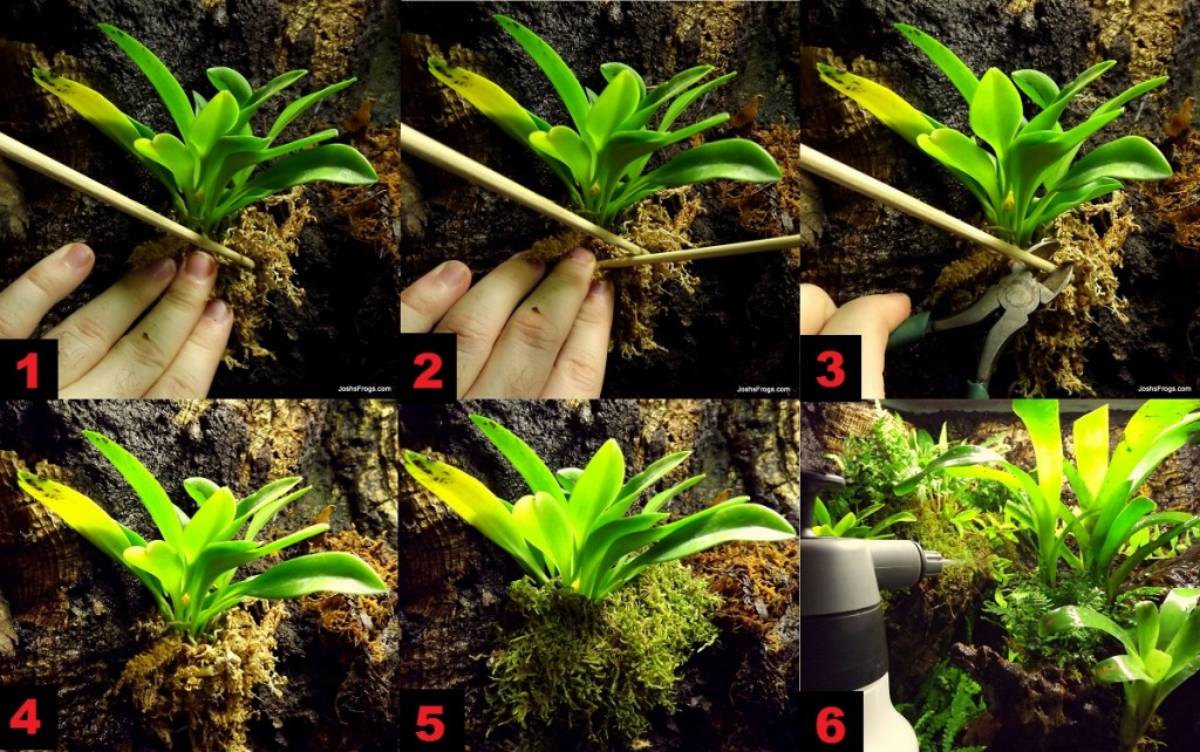Josh's Frogs
Plants in Your Bioactive Dart Frog Vivarium
 In the wonderful world of dart frogs, one of the key ingredients to a successful and long-lived dart frog vivarium is a well put together bioactive vivarium. As Part 3 of a 3 part bioactive series, this blog will share with you how to introduce and maintain plants to your bioactive vivarium.
In the wonderful world of dart frogs, one of the key ingredients to a successful and long-lived dart frog vivarium is a well put together bioactive vivarium. As Part 3 of a 3 part bioactive series, this blog will share with you how to introduce and maintain plants to your bioactive vivarium.
The life span of a well implemented Josh’s Frogs bioactive dart frog vivarium is about 2 to 5 years. While going bioactive may seem difficult and intimidating, it's incredibly easy as long as you follow all of the steps. As always, if you run into problems or questions we are always here to help.
Bioactive systems are actually living and breathing mini ecosystems, which is why it's so important to set them up properly, and know the different parts of the system so you can make informed decisions to ensure the health of your vivarium. An improperly cared for layering system will cause its lifespan to diminish quickly. We discussed bioactive substrates in your dart frog vivarium in a previous blog—let's take a look at some plants!
Plants
So far we've laid down the layers for our vivarium—now it’s time to add living elements of our environment. First you will want to add your plants. Plants in a vivarium help carry moisture from the lower portions of the tank to the airspace of the vivarium. They also create oxygen and help to break down the waste in the tank. Possibly the most important purpose they serve in the vivarium is to provide hiding places and help bring a natural feel to the tank for the frogs, which significantly reduces stress that can lead to health issues.
Plants are wonderful and beautiful. Choosing the right plants is a whole other discussion…but choosing the right plants will go a long way towards ensuring the success of the vivarium. So make sure you know what plants will go best with the frogs you plan to put in your vivarium. If you're looking to keep it easy, check out the wide variety of plant kits offered by Josh's Frogs. If you're a bit more adventurous and want to pick out individual plants, this basic introduction to vivarium plants will help.
Once you have chosen your plants, you will need to plan out where they will go. Plants with a shorter, more compact, or trailing growth habit are generally considered foreground plants and should be planted towards the front. Climbing vines or larger, upright plants are background plants, and as such belong towards the back of the vivarium. Place them in the vivarium and visualize the plant grown in so you don't over plant one corner.
Once you are satisfied with your layout, simply put two fingers into the moss where you want to plant and pull the moss apart. Dig a small hole. Gently shake the soil off from the roots of the plant and then rinse them off, removing the majority of the soil. Now plant the roots in the hole and gently cover them back up. At this point the plant may flop over on its side—try your best to coax it upright. You can also use a small bamboo pole to hold it upright if necessary.
Over the next few days, the leaves should turn towards the light and they will start perking up. After a couple of weeks, they should no longer need supports and should be back to their standing, tall, proud selves.
Epiphytes, such as bromeliads or orchids, should be mounted on the hardscape or background of a vivarium. Planting them is a little more involved than terrestrially growing plants, so we wrote an entire blog about it to help you get it right the first time!
